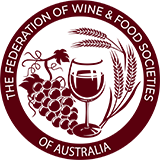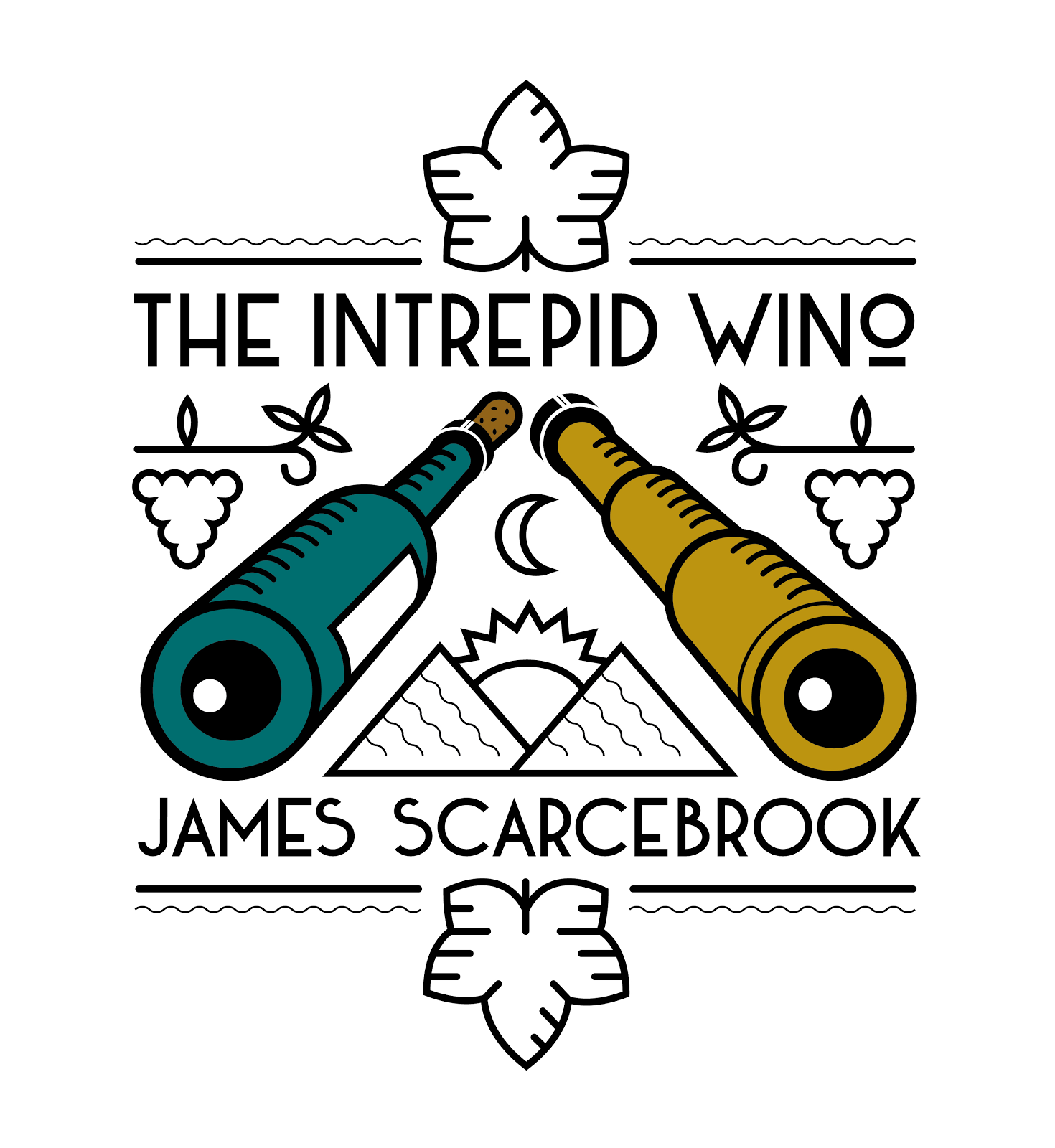Huon Hooke:
The dark
art of pairing food with wine
Q: People rave on
about pairing food with wine, but it's largely pretentious nonsense, isn't
it?
A: Matching food and wine is one of those dark arts, one
that seems to have few hard-and-fast rules. We all know what we like when we
taste it, but what you like could be anathema to someone else. "One man's
meat is another's poison" sums up the problem neatly.
At an event last year for Barossa
Valley vineyard St Hugo, I was amazed to hear St Hugo chief winemaker Dan
Swincer declare he didn't like cheese with red wine. Most people do, in my
experience. The "wine and cheese night" was quite a fixture in my
early days of getting into wine. Thankfully, we've come a long way from those
evenings of mousetrap and rough red. At the St Hugo dinner, guests were served
Murray cod with shallot, wakame seaweed and peas, and a semi-mature 2004 St
Hugo Coonawarra cabernet sauvignon.
Some might raise their eyebrows
at fish with red wine, but not me. Indeed, I think it works rather well. My
theory has long been that it doesn't matter what kind of protein you eat:
protein works with red wine generally. Just try a tannic young barolo without
food, and see how different it tastes after you've chewed a mouthful of
protein. Barolo is made from the nebbiolo grape, which can produce some of the
most astringent wines on the planet, but protein softens the tannins so much
that the wine is almost unrecognisable.
The protein could just as easily
be beef, lamb, chicken or cheese. The fact that this succulent fish was sauced
with beurre rouge helped. The fish provided the protein while the sauce
provided flavour. Murray cod has plenty of flavour itself, but the red wine and
butter sauce boosted the dish as a whole. Superb!
The 2004 St Hugo cabernet is a
top vintage; Swincer's favourite, in fact. That it was 13 years old and mellow
helped its compatibility with the dish: a young vintage with more assertive
tannins might not have worked so well.
The current vintage is 2013. It
has a dense blackberry flavour, full body and lots of extract. Its youthful
tannins suggest it will go better with red meats (think rare beef steak) or
hard cheeses (think reggiano, cheddar, ossau iraty). Sorry, Dan. We'll just
have to agree to disagree.
If you have a drinks question for Huon Hooke, please email it to
thefullbottle@fairfaxmedia.com.au












